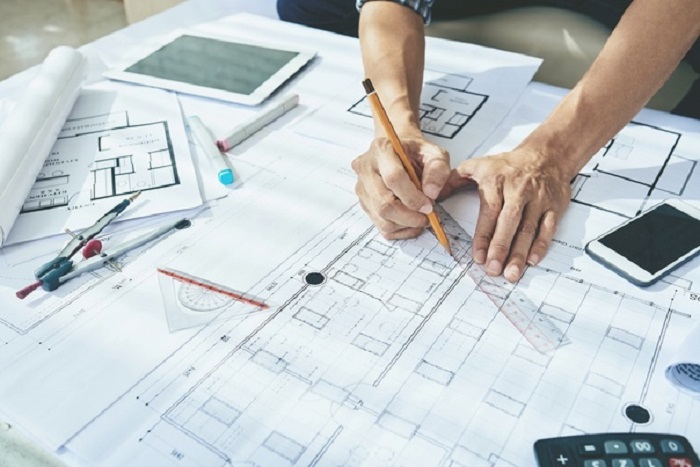Extracting elements from construction drawings: what it is and the features of the process

Feature extraction from construction drawings is a unique solution based on artificial intelligence technologies, designed for automated recognition and analysis of data from any type of complex technical drawings: from architectural plans of buildings to engineering and technical schemes and other types of design documentation.
Key advantages of the feature extraction from construction drawings technology:
- Automatic drawing type detection. Computer vision and natural language processing allow our algorithms to automatically classify drawing types, extract metadata and information from headers;
- Recognition of markings, special characters and GD&T is carried out based on AI, which is able to automatically read markings, special characters, geometry and tolerances of parts, significantly reducing time costs;
- Cataloging of objects and parts. The system is able to quickly extract and systematize drawing objects, which helps in accurate assessment of the budget and resource costs of any construction project.
The information obtained is useful for a wide range of tasks, including archiving, searching and storing electronic copies of drawings for further operational use.
Services provided by Businessware Technologies
The company offers a wide range of services aimed at supporting innovative technological solutions and implementing promising ideas. Among the key areas is the provision of proof-of-concept (PoC) development services:
Proof of Concept development stages:
- Concept development. Specialists jointly with you clarify the goals, objectives and characteristics of the future product, taking into account the specifics of the market and the wishes of the target audience. The final concept becomes clear and ready for further promotion.
- Development of an interactive prototype. The next stage is the implementation of a working prototype, which allows you to clearly demonstrate the capabilities of the solution being developed. This makes it possible to evaluate the product and make adjustments at early stages.
- Technical feasibility check. Experienced engineers carefully examine the technological side of the issue, eliminating possible risks and obstacles to the successful implementation of the project.
These stages help turn even the most ambitious projects into real products, whether it is a start-up looking for funding or a large corporation testing an innovative idea.